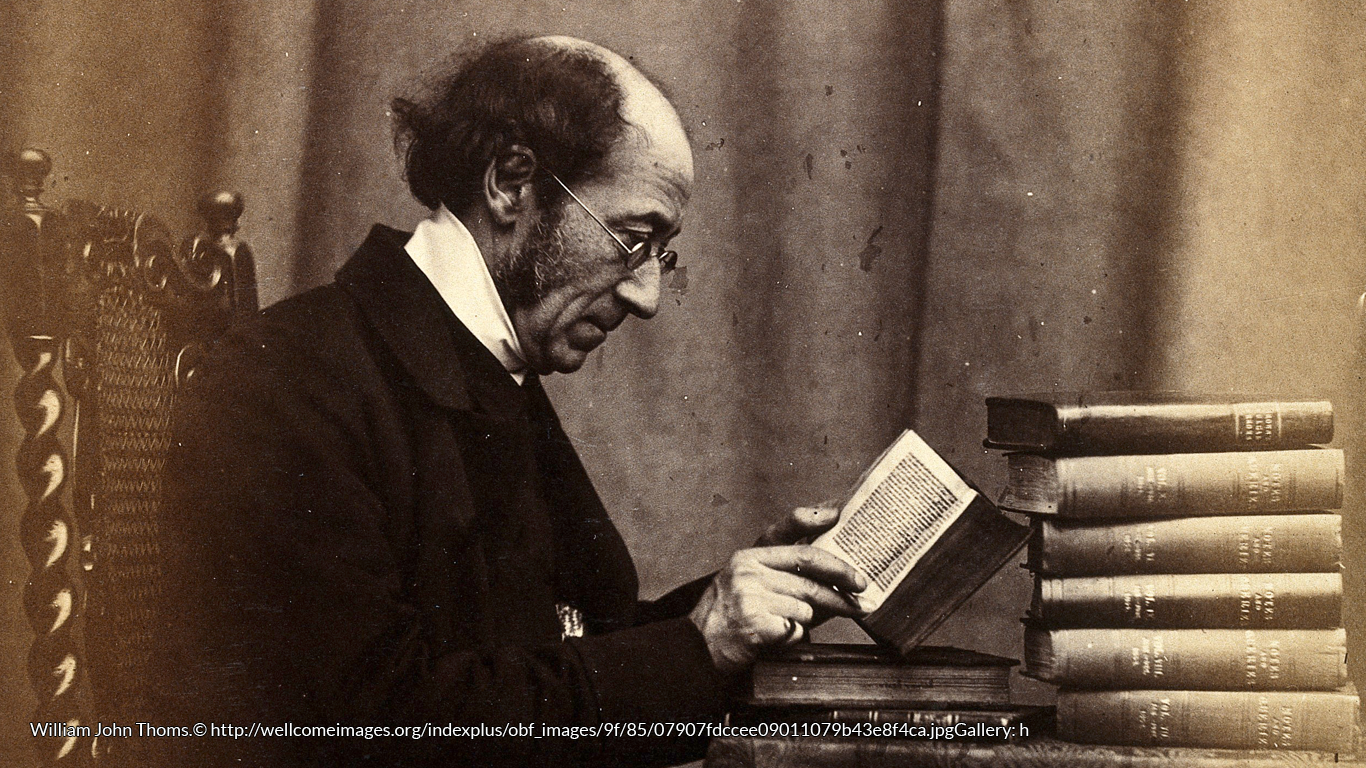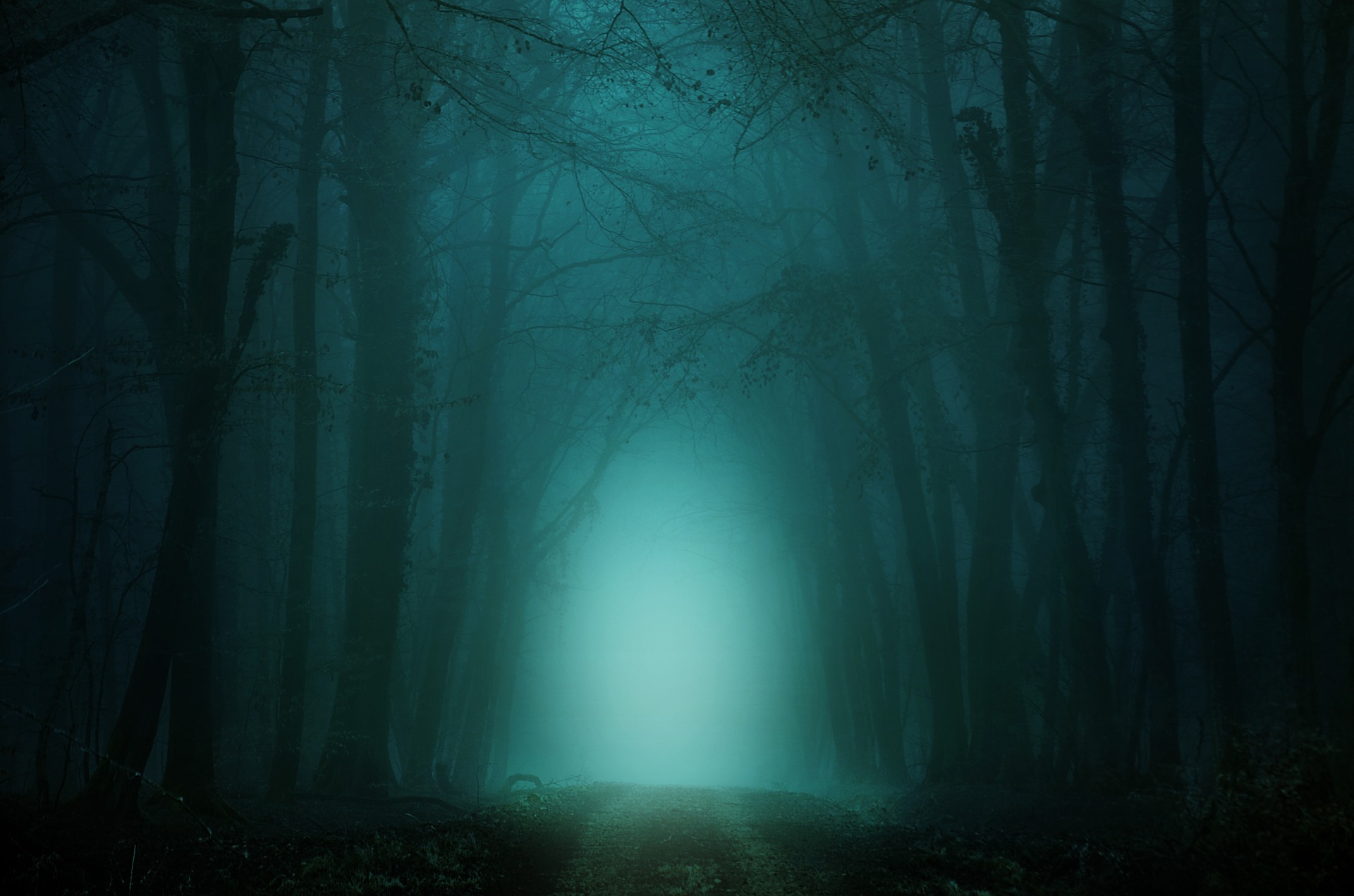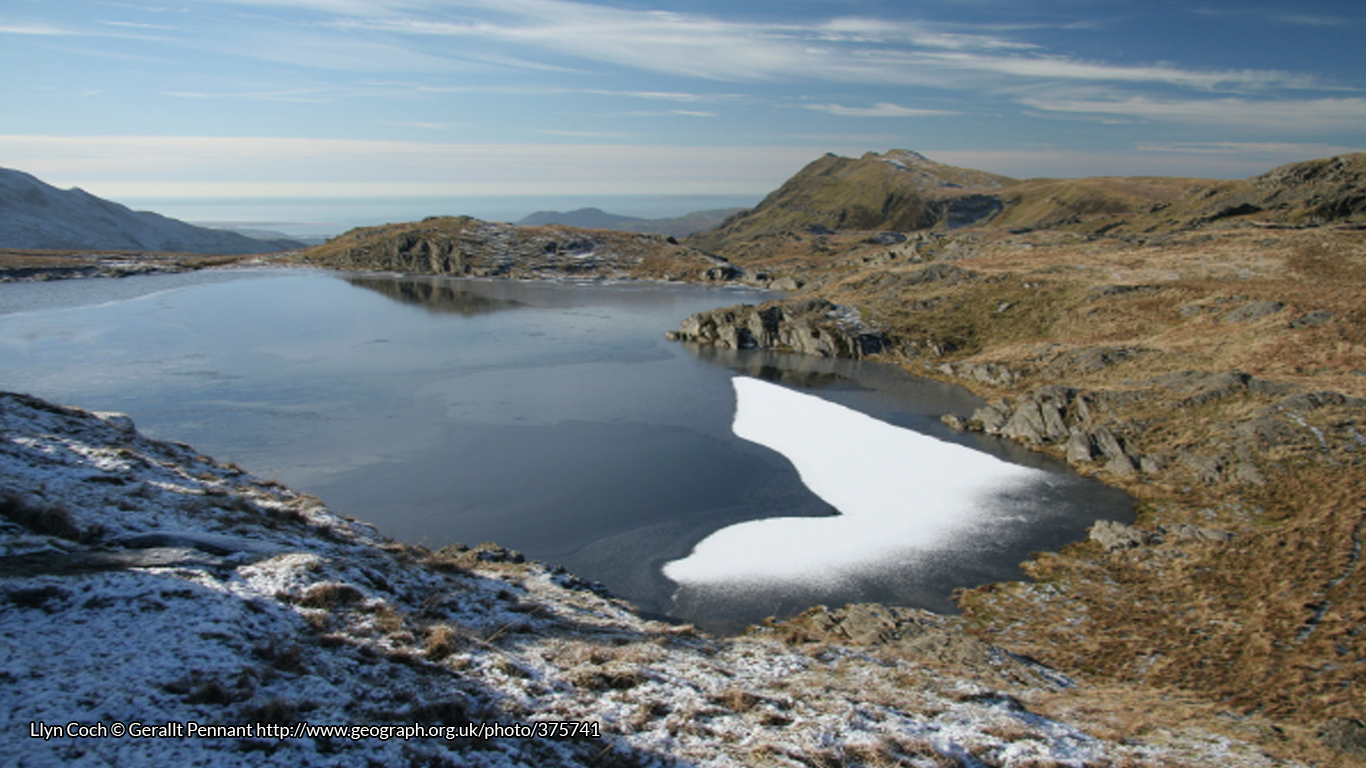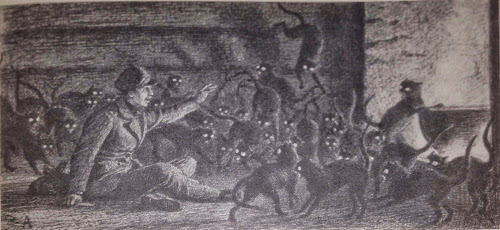An Introduction to Academic Folklore Studies

Academic folklore studies—or folkloristics—is a field of scholarship devoted to the classification, documentation, and interpretation of folklore and folklife.

Academic folklore studies—or folkloristics—is a field of scholarship devoted to the classification, documentation, and interpretation of folklore and folklife.

You turn around, and all of a sudden, you see that something is approaching, moving towards you. You notice a pair of glowing red eyes and discern the silhouette of a creature in the distance, the size of a large dog, or maybe it is a boar? You panic when you realize that the shape is rushing towards you at full speed. When it comes close it becomes clear that it is indeed a big pig, but one with burning eyes, white skin and a sharp back, formed like a sawblade. It runs straight at you and quickly comes between your legs, with the result that it will cleave you in two halves.

A Welsh legend from the Red Lake tells the story of a doomed marriage between a mortal farmer and a beautiful Otherworld maiden who emerged from the lake.

Folklore is at heart oral and behavioural traditions, so the notion of written folklore is somewhat oxymoronic. Any attempt to preserve oral traditions in writing involves a transformation of the material

For the Celts, cauldrons had many everyday uses. As well as cooking, boiling, cleaning, bathing, carrying water and other domestic tasks they also had a special place in their religious rites and mythology. As a cauldron was a container for water, the ocean and possibly some lakes were thought of as great cauldrons. Sometimes cauldrons were left as votive offerings to the gods in bogs, rivers, and pools.
By continuing to use the site, you agree to the use of cookies. more information
The cookie settings on this website are set to "allow cookies" to give you the best browsing experience possible. If you continue to use this website without changing your cookie settings or you click "Accept" below then you are consenting to this.